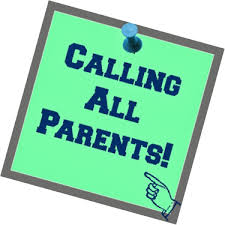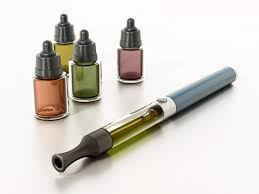In this latest in the series of articles presented by Chayeinu, a new organization dedicated to providing education and guidance to our community regarding substance use disorder, I would like to talk about marijuana. Marijuana is the most commonly used illicit drug in the United States. In 2018, over a third of high school seniors reported using marijuana in the past month, with 6% using it daily. A substantial number of eighth graders are also using the drug. Marijuana remains quite popular among adults as well. Approximately 15 to 20% report using the drug each year, with higher rates of use in states that have legalized recreational or medical use of the drug. While we hope that these statistics are not as high in our Jewish community, we would be naïve to think that we are untouched.
What Is Marijuana?
Marijuana usually refers to the leaves that come from the cannabis plant. The main psychoactive compound in marijuana is THC, and it appears that levels of THC in marijuana are rising. Smoking THC-rich resins or extracts from cannabis, which are called by names like hash, wax, or shatter, is also increasing in popularity. There is incredible diversity among marijuana extracts, one more potent than the other. The point is that this is not the same marijuana smoked by Bill Clinton or Barack Obama.
Marijuana can be purchased relatively cheaply. In Maryland, where marijuana for recreational use remains illegal, marijuana is purchased on the street in different amounts. An ounce costs somewhere between $250 and $350, while a gram can be purchased for as little as $12 to $20. Synthetic forms of cannabis, such as K2 and Spice, which are considerably more powerful and unpredictable than marijuana – and are sometimes called “parole-weed” because they do not show up on routine urinalysis testing – seem to be somewhat less popular at this time.










